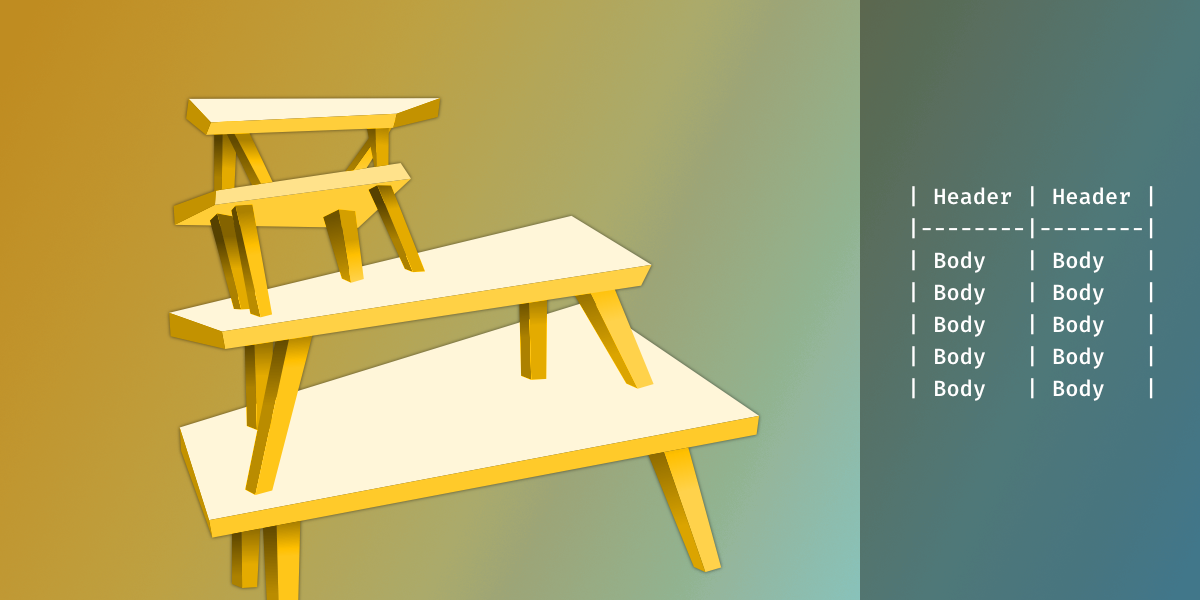Lists
Creating lists in Homebrewery, using Markdown, is quite intuitive, and styling it isn’t half bad either. Homebrewery doesn’t add any special syntax for regular lists, but it does for definition lists (article to come soon). Markup Lists should contain content that is actually a list of related items, and there are basically two types of … Lists
